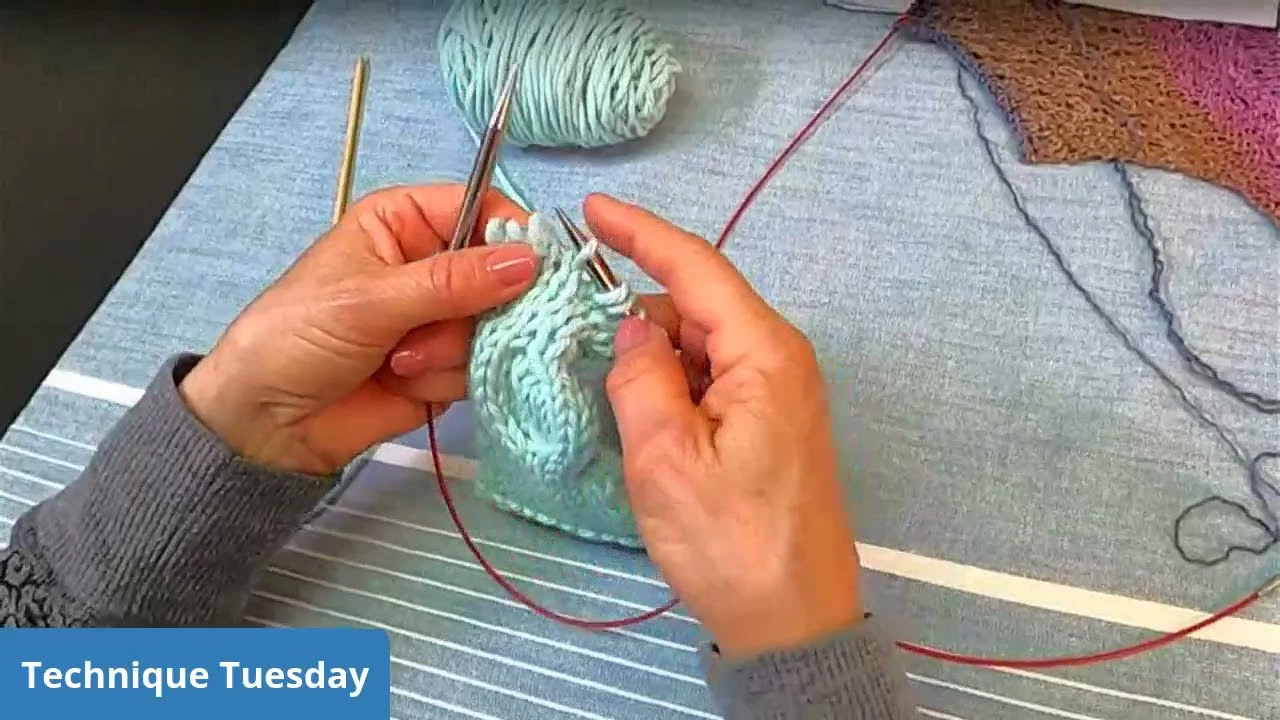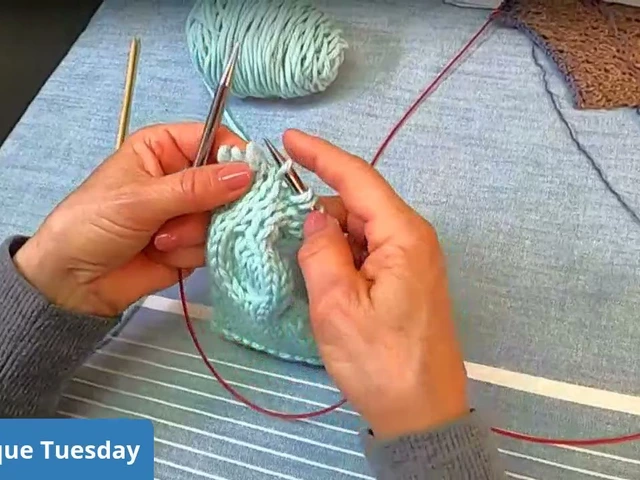Understanding Knitting Tension
Before we delve into how to fix knitting tension, it's crucial to understand what it is. Knitting tension, often referred to as gauge, is the number of stitches and rows in a specified measurement, usually a 10cm square. It profoundly impacts the size and fit of your finished knitting project. If your tension is off, your garment may end up too big or too small.
Various factors can affect your knitting tension. It could be the type of yarn you're using, your knitting style, or even your mood. Yes, you heard it right! If you're stressed or tense, your stitches may become tighter, and if you're relaxed, they may be looser. It's a fascinating aspect of knitting that adds a unique personal touch to each project, but it can also pose challenges when precision is essential.
Identifying Incorrect Tension
Recognizing incorrect tension is the first step in resolving it. If you notice that your finished size is not matching up with the pattern's specified measurements, it's a clear indication that your tension is off. You might also notice uneven stitches, holes, or puckering in your work, which can all be symptoms of incorrect tension.
Another way to identify tension issues is by knitting a gauge swatch before you start your main project. A gauge swatch is a small square of knitting that you create using the same yarn and needles you plan to use for your project. By comparing the number of stitches and rows in your swatch to the pattern's gauge, you can determine if your tension is correct.
Adjusting Your Knitting Technique
If you've identified that your tension is off, one of the things you can do is adjust your knitting technique. We all have a unique way of holding our yarn and needles, and sometimes, a minor adjustment can make a significant difference. For example, if your stitches are too tight, try holding your yarn and needles more loosely. Conversely, if your stitches are too loose, hold your yarn and needles a bit tighter.
Remember that any changes to your knitting technique will take some getting used to. Be patient with yourself and practice until the new technique feels comfortable. The key is to find a balance between speed and accuracy, so you're not sacrificing one for the other.
Choosing the Right Tools
Another way to correct your knitting tension is by choosing the right tools. This includes both your knitting needles and your yarn. Different sizes and types of needles can produce varying tensions, and different yarns can behave differently under tension. If you're struggling with tension, it might be worth experimenting with different needle sizes or types, or trying a different yarn.
It's also important to remember that the same needle size can produce different results depending on the material it's made from. For example, metal needles tend to create tighter stitches than wooden ones because the yarn slides more easily on metal. So, if you're finding your stitches are too tight, switching to wooden needles might help.
Practicing Regularly
As with any skill, the more you practice, the better you'll get. Knitting is no different. If you're new to knitting or have just started experimenting with different techniques, don't be disheartened if your tension isn't perfect right away. It may take time to develop a consistent tension, but with regular practice, it will come.
Try to set aside regular time for knitting, even if it's just a few minutes each day. Not only will this help improve your tension, but it will also give you a chance to relax and unwind. After all, knitting should be enjoyable, not stressful!
Getting Expert Advice
If you've tried everything and still struggling with your knitting tension, don't hesitate to seek expert advice. This could be from a knitting teacher, a more experienced knitting friend, or even online forums and communities. Sometimes, having someone else look at your work can provide a fresh perspective and identify issues that you might have overlooked.
Remember, everyone's knitting journey is unique, and there's no shame in asking for help. In fact, it's a great way to learn and improve. After all, even the most experienced knitters were beginners once, and they've likely faced the same challenges you're facing now. So don't be shy, reach out for help when you need it.


